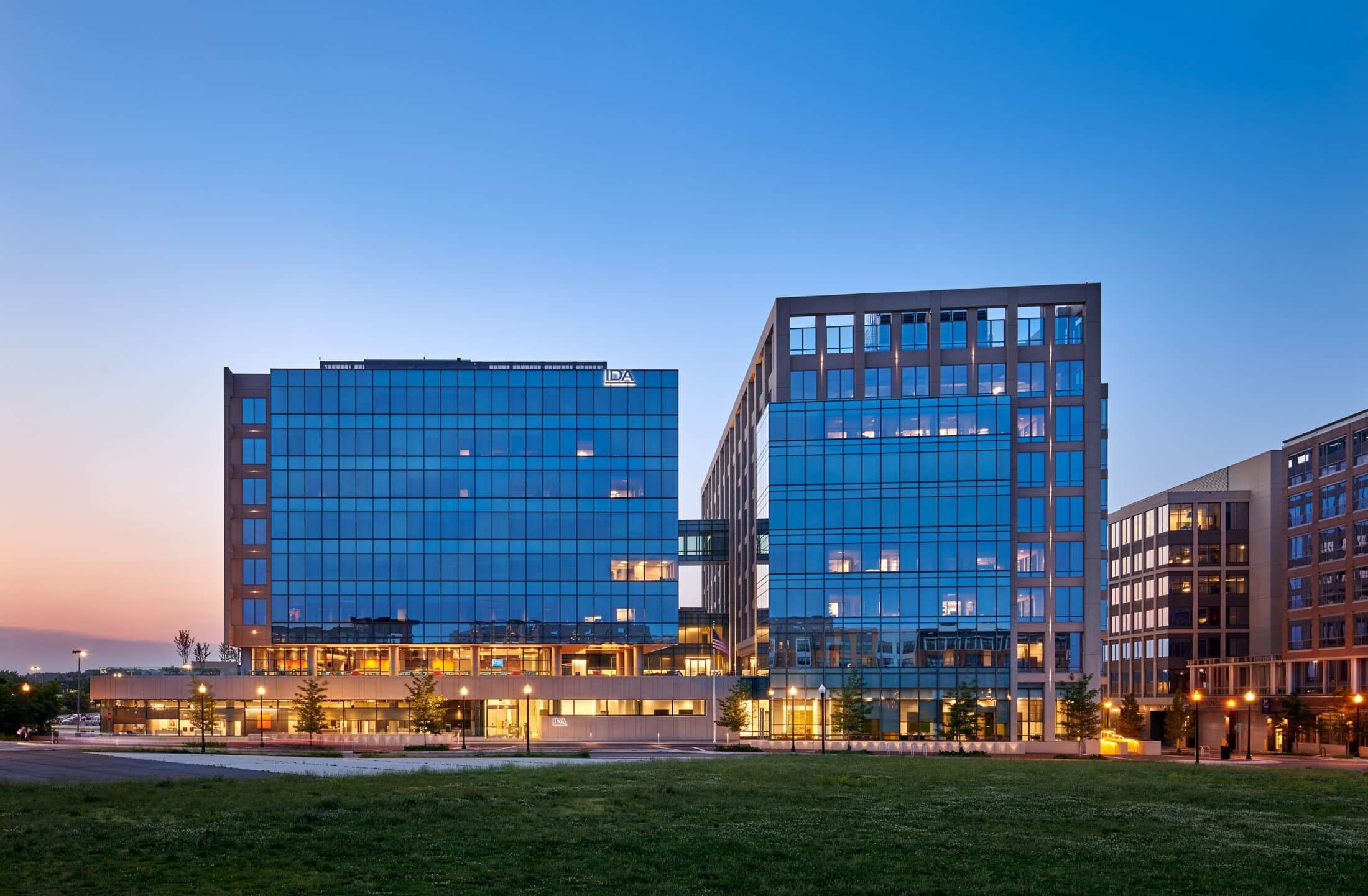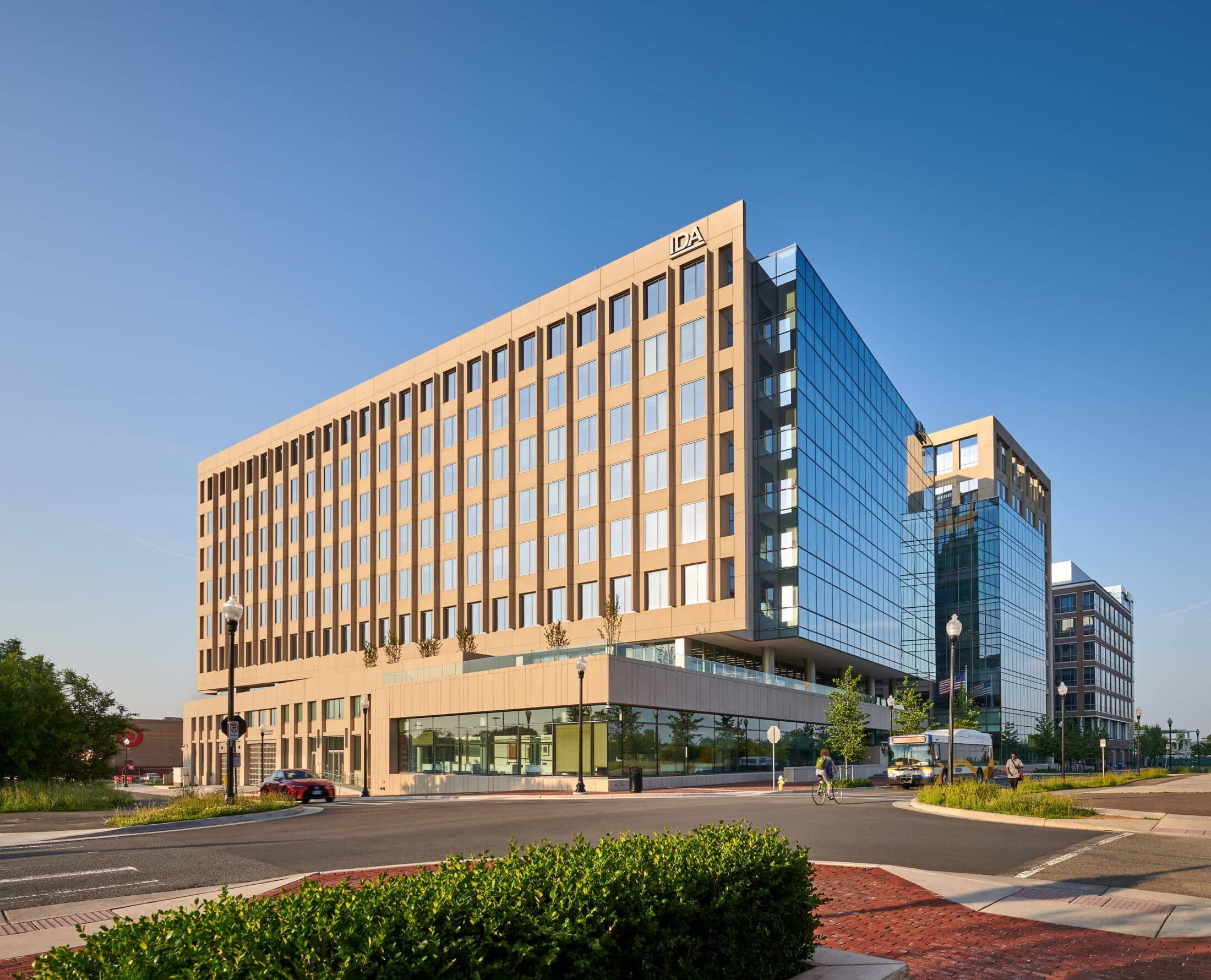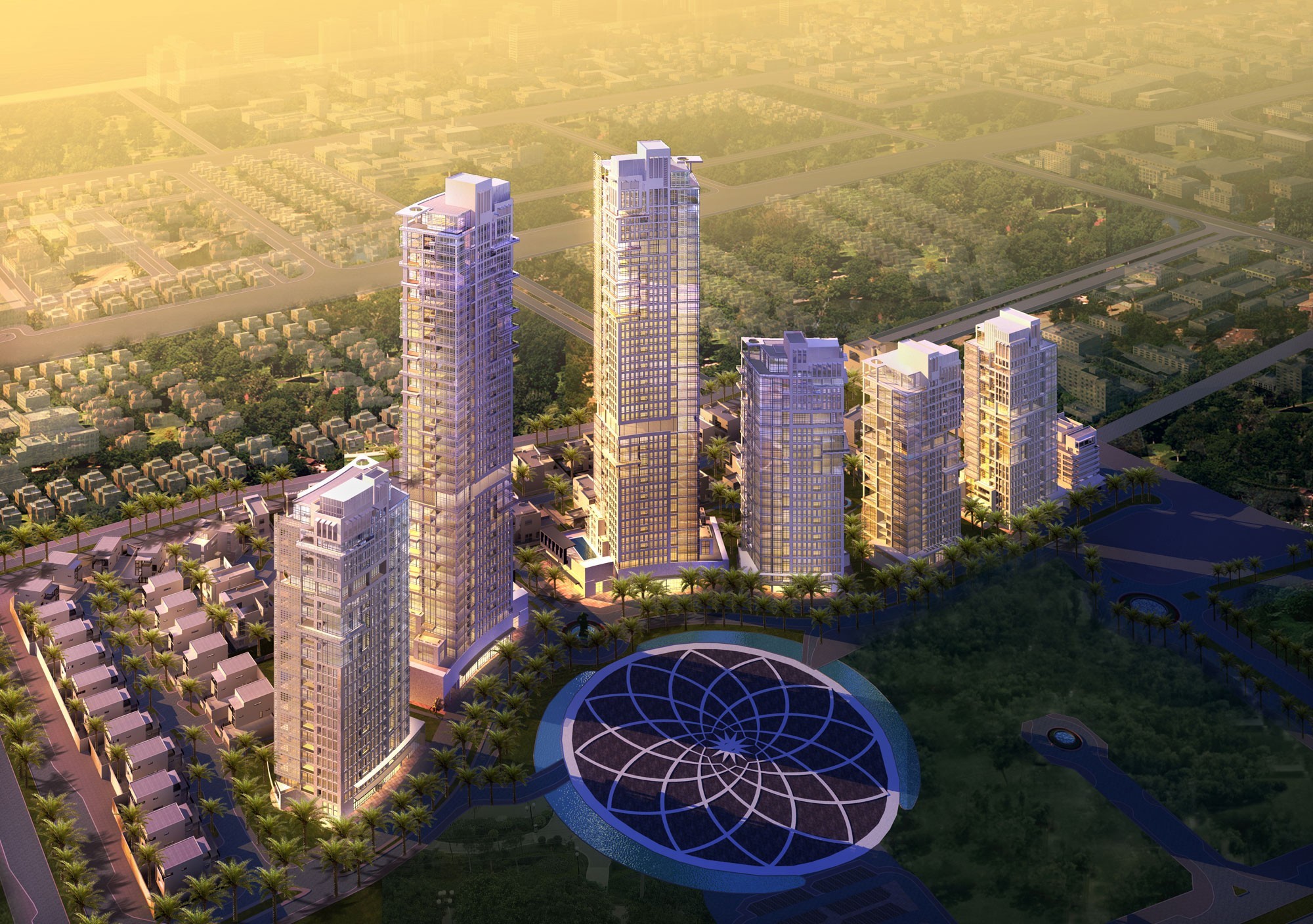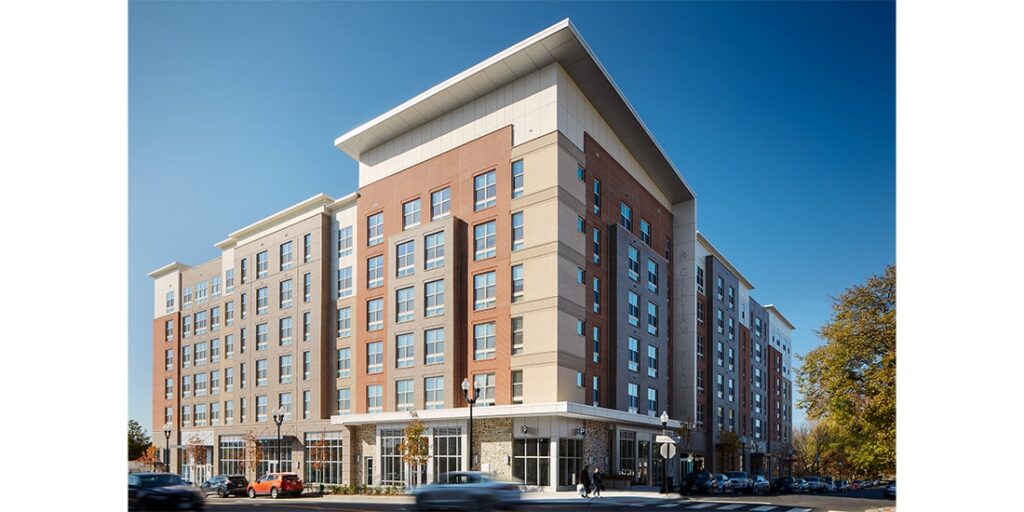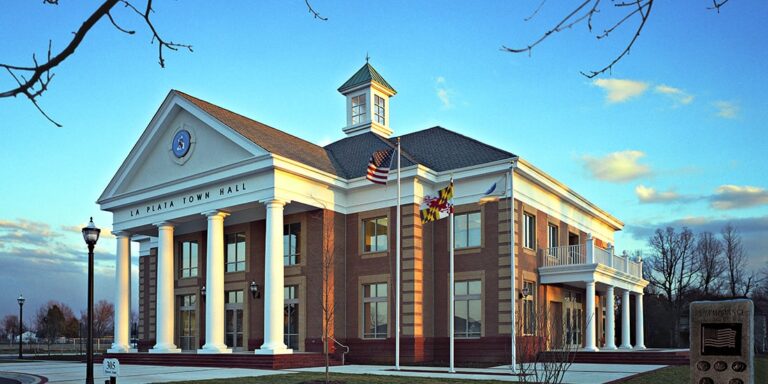Housing around the world, and specifically here in America, has been in crisis for many decades. Solutions to affordability have taken on a much greater degree of imperative due to the recent crises, particularly the Coronavirus pandemic putting a limelight on social, health and economic inequalities which contribute to escalation of the national affordability crisis.
As with any complex problem, there is no silver bullet, a one-size-fits-all solution. Needs vary from one community to the next in scale, breadth and the amount of resources to solve affordability. Hence, this is a prerogative of each community to recognize the issues and find the right mix of tools to solve affordability in several ways across a broad spectrum of the population.
Recently, communities have been reevaluating underutilized land and buildings as resources that can be used as a means for public good. Communities of faith are seizing on this opportunity providing a new and meaningful way to continue their mission of serving their congregations. For many, changing times have made their existing facility obsolete leaving an abundance of unused parking and a church complex that is sparingly used. This important community resource is being leveraged to provide valuable land to build multi-use projects that include affordable housing, day care, community resource centers and newly created church activity spaces.
This type of development involves many more participants than many other projects types and requires more time to achieve progressive community-based solutions. And architects have a pivotal role in advocating, mediating and facilitating design solutions that satisfy the goals for each use within the project. This leadership, with the consensus of all involved parties, is a powerful tool in solving housing inequity. Gilliam Place in Arlington County Virginia and Westminster Church Living in Washington DC are successful examples. These are case studies of the types of creative solutions needed to level housing costs to benefit the entire community.
Gilliam Place which started as Arlington Presbyterian Church, a 100-year-old congregation on Columbia Pike in Arlington, Virginia became a prime redevelopment due to a regional County rezoning that greatly increased the density for their site. The Form Based Code allowed for a mixed-use multifamily residential project where the ground floor would house the new place of worship and other community based not-for-profits with 144 affordable units above. The development team worked closely with church leadership to hone the program and ensure that the project met the future mission envisioned by the church. Gilliam is now a centerpiece to the community providing critical housing and services.
Westminster Church Living, currently in design, will be a thriving multicultural community providing affordable senior housing and home ownership and multifunctional spaces for the Westminster Presbyterian Church.
The project, located in Southwest DC, consists of two buildings, the church as a base to the 123 affordable senior apartment units above and with 99 condo units in the adjacent building. The church spaces will house church functions, weekly music programs, community meetings, art and music rooms and a teaching kitchen. The church, apartment and condo each have their own identity but are tied together through a common architectural language.
By Christopher Gordon

